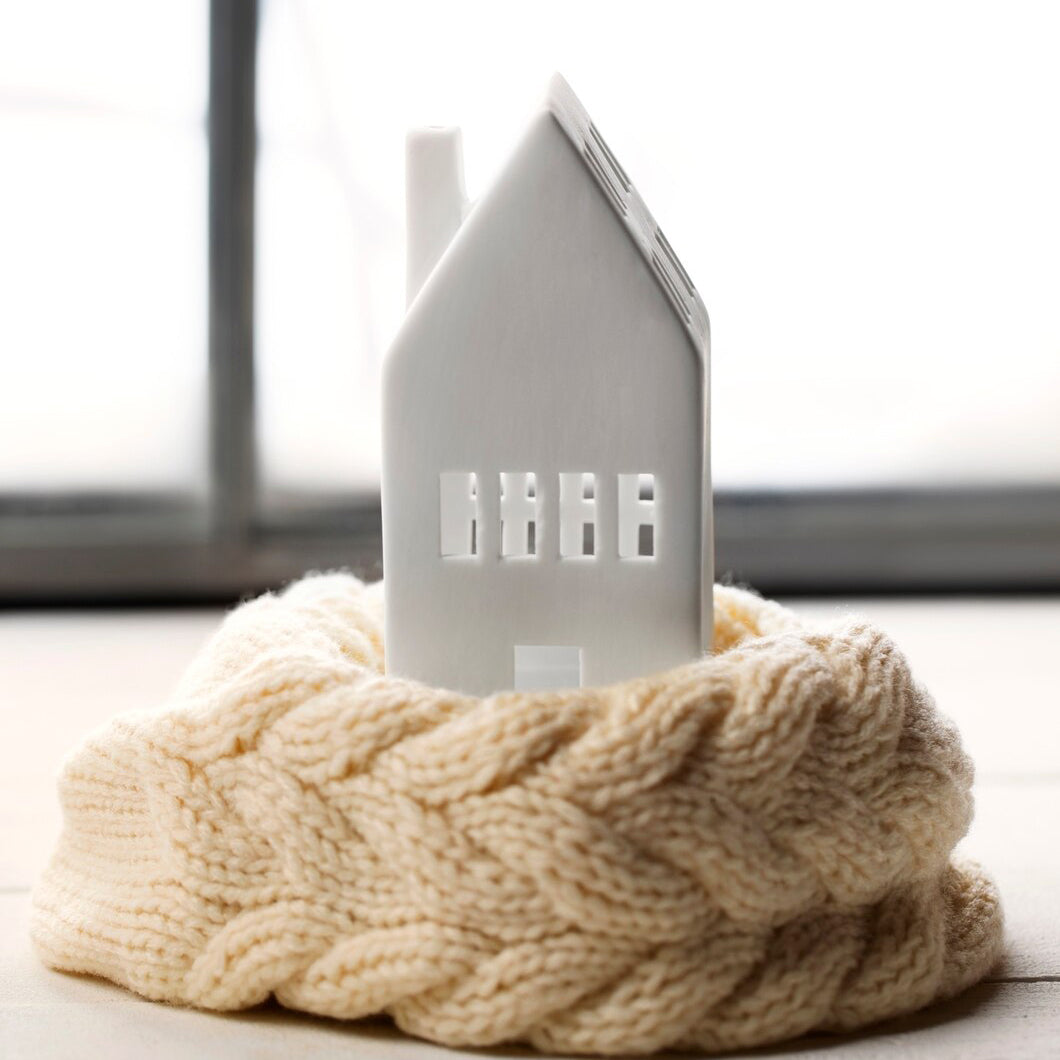Temperature fluctuations can have a significant impact on the interior of your home, leading to potential damage and costly repairs if left unchecked.
From expanding wood to fluctuating humidity levels, the materials inside your house react to changes in temperature in ways that can affect the structure and aesthetics of your living space. By taking proactive measures, you can protect the interior of your home and maintain a comfortable, safe environment year-round.
One of the areas most affected by temperature changes is the wood inside your home, such as flooring, doors, and trim.
When temperatures fluctuate, wood expands and contracts, which can lead to cracks, warping, and gaps. To minimize these effects, maintaining a consistent indoor temperature is essential. Investing in good insulation and regulating your heating and cooling systems can help reduce the extreme expansion and contraction that damages wood.
Humidity is another critical factor to consider when protecting your home's interior.
Cold weather tends to bring dry air, which can cause wood to shrink and crack, while hot weather may increase humidity, leading to swelling and moisture damage. Using a humidifier during dry winter months and a dehumidifier in more humid seasons can help maintain an ideal balance. This will not only protect wood but also prevent issues like mold, mildew, and peeling paint.
Your home's plumbing is also susceptible to temperature fluctuations.
In cold weather, interior pipes can freeze and burst, especially those located near exterior walls or in unheated areas. Insulating these pipes and keeping cabinets open to allow warm air to circulate can help prevent freezing. During extreme heat, monitoring for leaks and ensuring that your plumbing system can handle the extra stress can help avoid internal water damage.
Finally, your home’s HVAC system plays a vital role in regulating indoor temperatures.
It’s essential to ensure that your system is running efficiently and that air filters are regularly replaced to maintain good airflow. Monitor the functioning of your system even when you're not there with a TempIQ Temperature and Humidity Sensor. This not only helps protect the structural elements of your home but also ensures that your living environment stays comfortable and energy-efficient regardless of external temperature swings.
By focusing on protecting the interior of your home from temperature fluctuations, you can safeguard against damage to floors, walls, plumbing, and other key components.
Maintaining consistent indoor conditions through proper insulation, humidity control, and HVAC monitoring and maintenance will keep your home comfortable and in good shape throughout the year. Proactive measures now can save you from costly repairs in the future.


Share:
How to Protect Your Home from Frozen Pipes
Protecting Your Musical Instruments: The Importance of Temperature and Humidity Control